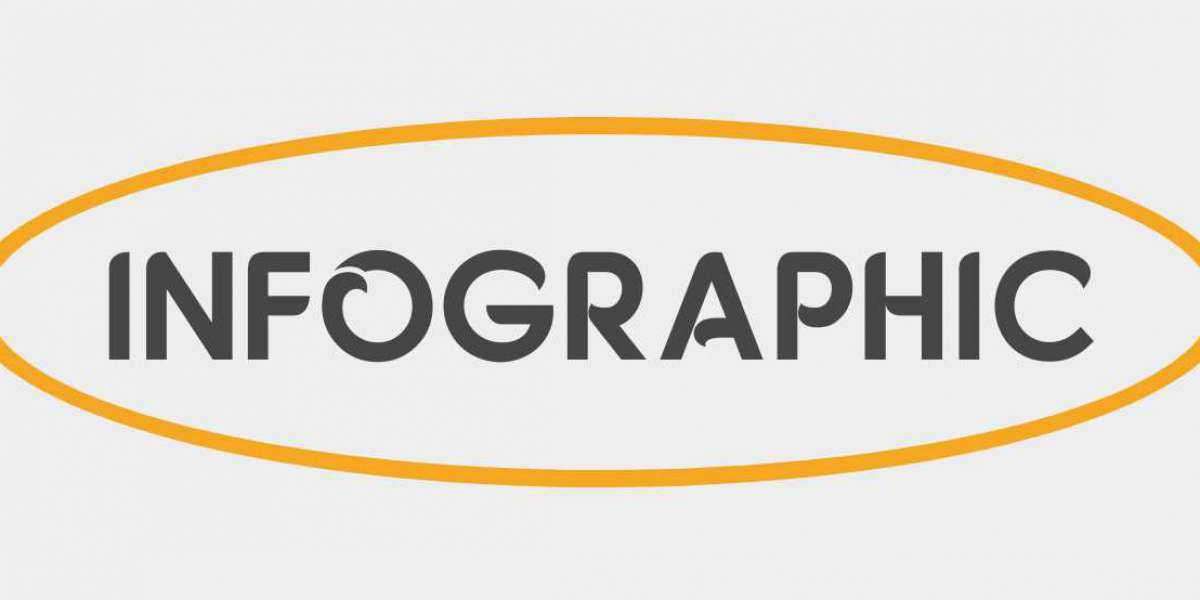What is a block browser?
A blockchain browser, also known as a blockchain browser, is a software application used to extract, visualize, and view various data and information from a blockchain network. Its main functions include viewing cryptocurrency transaction history, wallet address balance, transaction fees, find api for blockchain and other important information.
Block browsers can be seen as "browser Windows" and "search engine ports" for blockchain and cryptocurrencies, which provide detailed analytical information about individual blocks and addresses. In addition, they often provide real-time charts and data to help users get information about transaction status, hard forks, hash rates, and more.
Each blockchain (generally a public chain) has its own unique block browser, and users can only access the transaction information of that block through the browser of the corresponding block chain.
The main uses of block browsers include:
- Transaction confirmation: Users can check whether their transactions have been confirmed by the network through the block browser. Once a transaction is confirmed, it is permanently recorded on the blockchain, thus ensuring the security and reliability of the transaction.
- Address lookup: Block Browser allows users to view the balance and transaction history of any public address. This means that the movement of funds to a particular address can be tracked, including all transactions received and sent to that address, thus enhancing the transparency and traceability of transactions.
- Block information: Users can access the details of each block through the blockchain browser, such as block height, time stamp, number of transactions included, block rewards, etc. This helps to understand the operational status and history of the blockchain.
- Network statistics: Blockchain browsers provide important statistics about the health of the network, such as transaction speed, confirmation time, number of active miners, and network hash rate. This data can help users evaluate the stability and security of the network.
- Smart contracts: For blockchains that support smart contracts (such as Ethereum), the blockchain browser can also be used to view the code and status of the smart contract and verify the function and behavior of the contract. This makes it easier for developers and users to understand and interact with smart contracts.
How to use Block Browser?
When using the blockchain browser, we can enter the wallet address, transaction hash ID, block number, Token name and other information for query.
Ethereum block browsers include EtherScan and Ethplorer, while Bitcoin block browsers include Blockchain.com, Tokenview and Blockchair. Block browsers can be either private or public, depending on the blockchain in question.
Ethereum block browser, for example, enter the wallet address to query the relevant address information.



